详情
Description
The cleanliness of component' surfaces will affect the reliability and durability of advanced technology products in automobile, airplane and medical industry. Chip, burr, casting sand, welding slag, abrasive and other solid particles will cause the following damages: bearing blockage, valve blockage, nozzle blockage, short circuit, cylinder leakage, pump burning, etc.
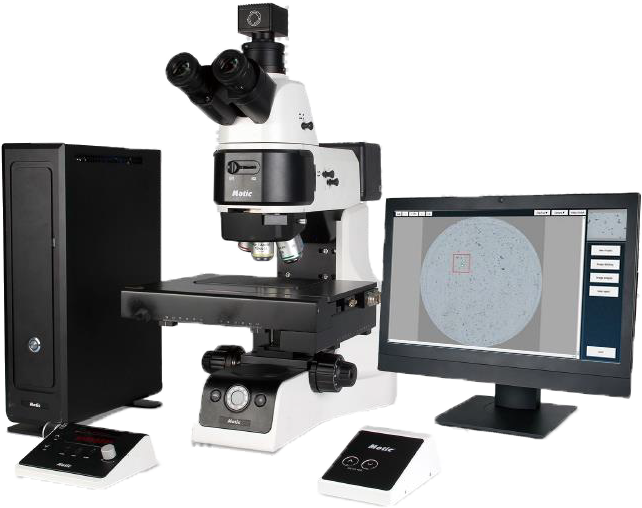
The technical cleanliness means of detecting potential pollutant particles in automotive / components. These particles can cause blockages, scratches, poor contacts, malfunctions, and other issues in fluid and electronic systems during operation. Consequently, this can lead to the entire automotive system not functioning properly, certain functions failing, paralysis, and even safety incidents. Therefore, cleanliness is a highly crucial indicator. It is quantified based on parameters such as the weight of pollutant particles, the geometric dimensions of particles, particle quantity, distribution range, properties, composition, and more.''
Where are the possible sources of contaminants?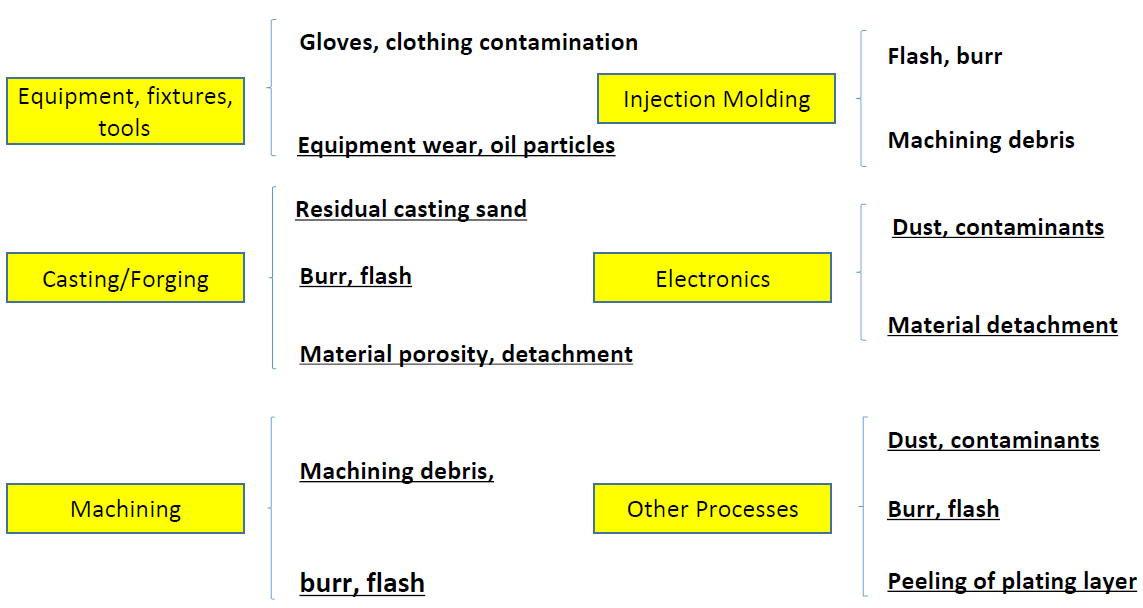 Highlights:
Highlights:- Inspect for contaminants.
- Incoming and Outgoing Inspection
- First Article Acceptance and Evaluation
- Technical Cleanliness Execution Standards
- For Standard: ISO 16232, ISO 4406, VDA 19, GBIT 3821-2005, VW01134, E.34-07-25, GGME7061, QV11111, etc.
- Quality Control or Monitoring of Production Processes Related to Cleanliness (such as cleaning, surface treatment, or assembly)
Application: Procedure:Methods of Technical Cleanliness Inspection
Procedure:Methods of Technical Cleanliness Inspection
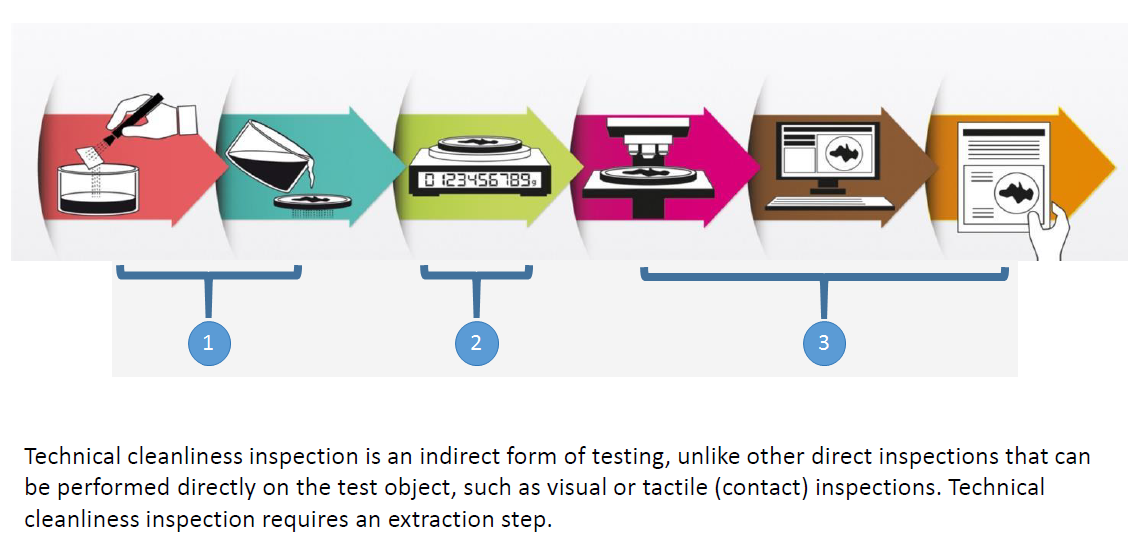
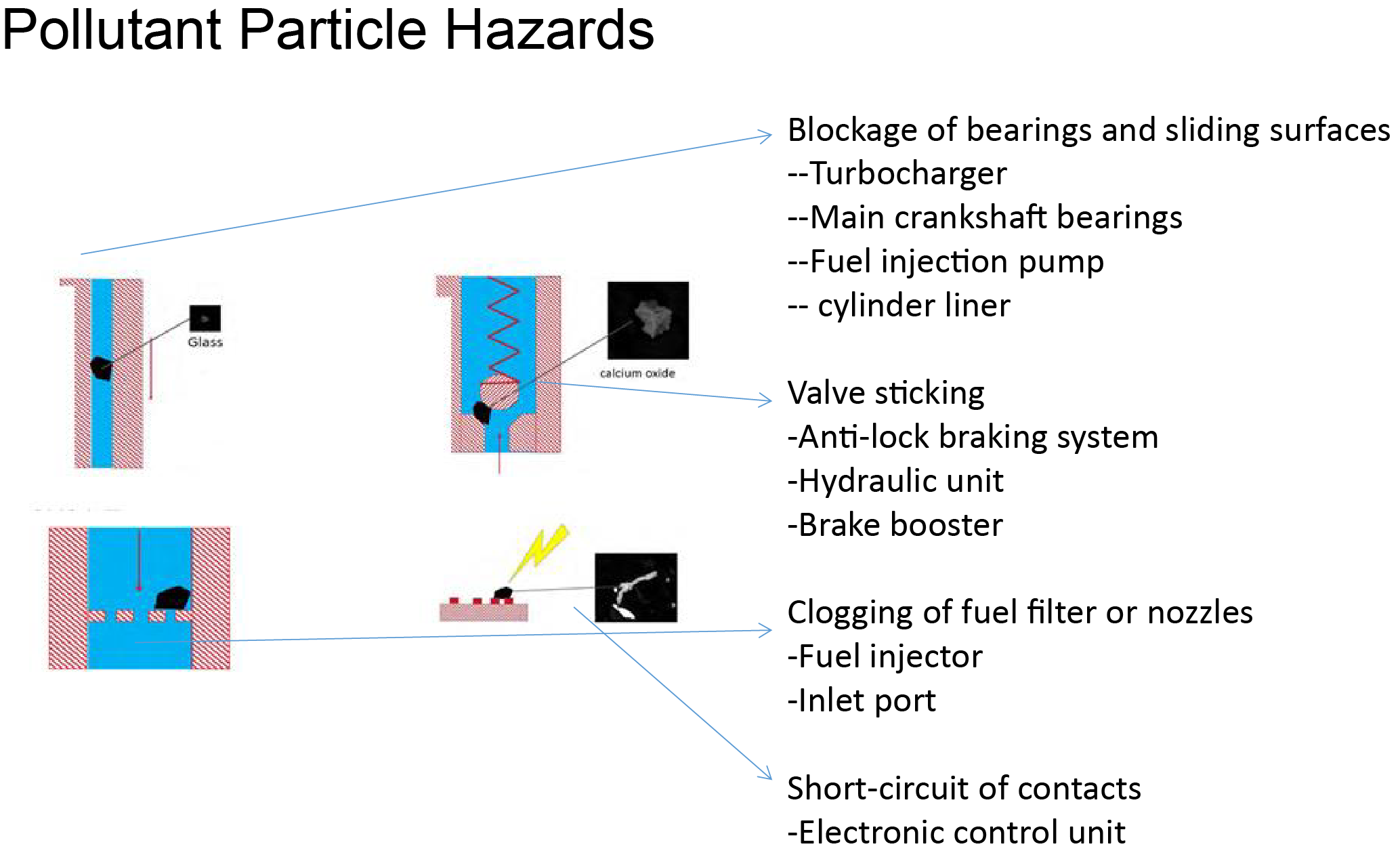
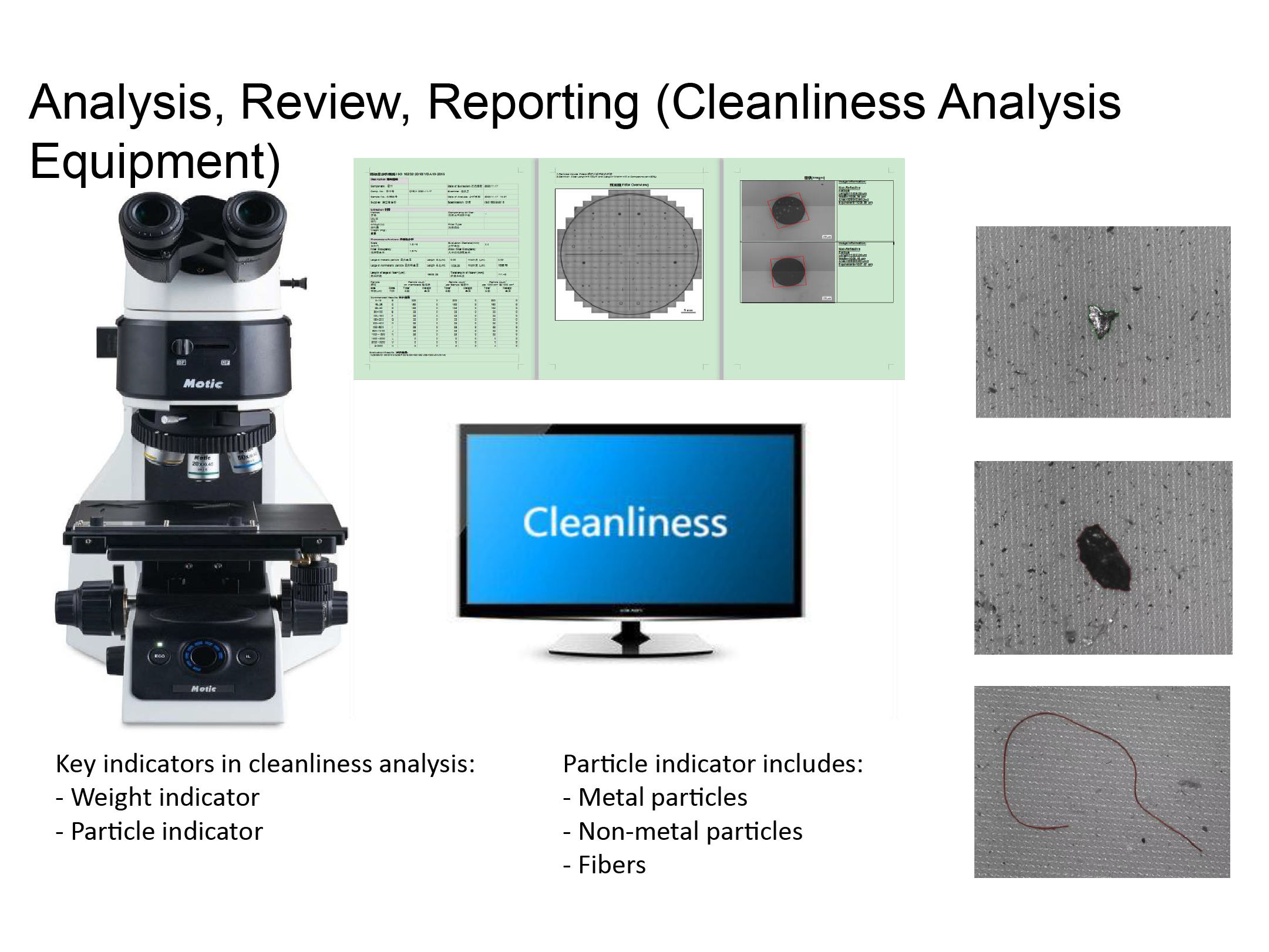
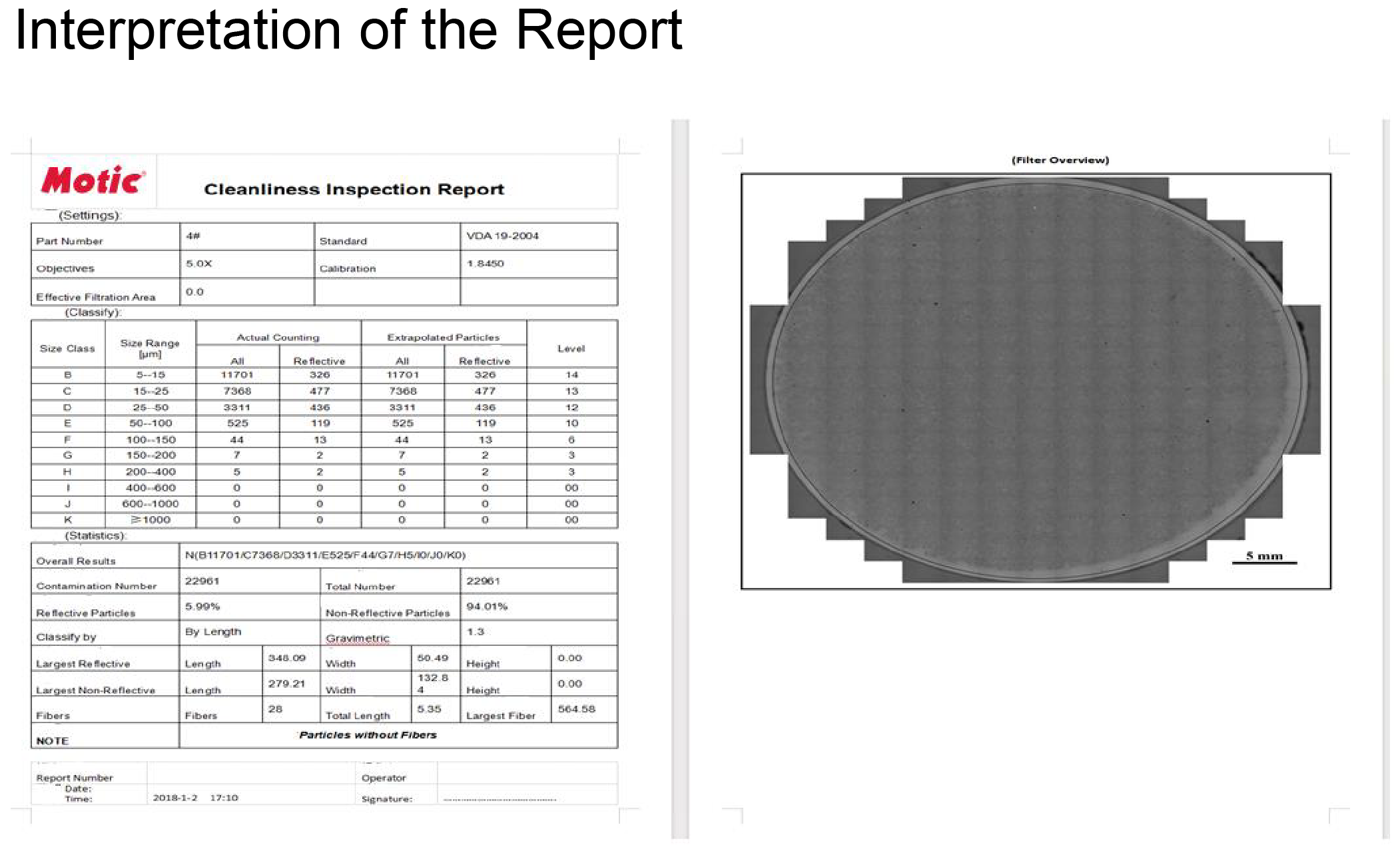 更多 Atomic Solutions Sdn Bhd 相关资料
更多 Atomic Solutions Sdn Bhd 相关资料







 Malaysia
Malaysia